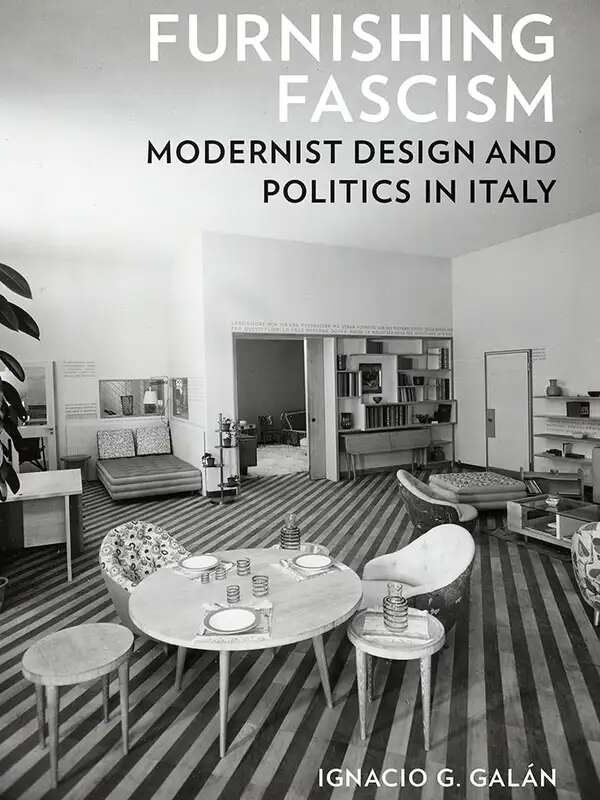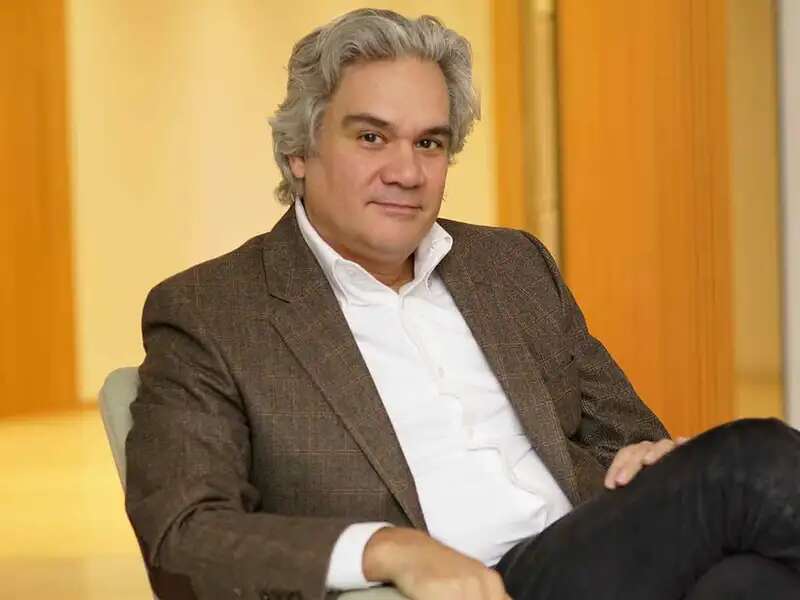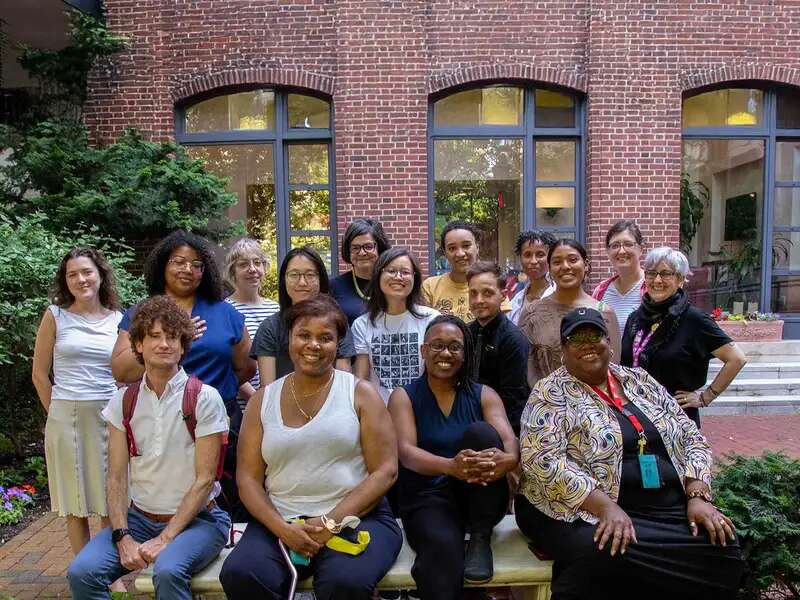After a complete transformation, Barnard's former gymnasium officially reopens January 19 as the new LeFrak Center, housing classrooms, the library, archives, study spaces, the Empirical Reasoning Center, and the departments of economics, history, political science, and urban studies, while the College builds its new teaching and learning center over the next two and a half years. Read more about the teaching and learning center and LeFrak Center projects.
Located in Barnard Hall, the two-story LeFrak Center was designed by architects from the New York City firm FXFowle LLP, who reimagined the former gymnasium, taking advantage of the great height of the space and the large windows. The result: a library and faculty offices that are bright and thoughtfully planned with maximum access to natural light.
“The redesign of the gym reflects the desire to provide suitable quarters while maximizing the natural light in this beautiful, historic space,” Barnard President Debora Spar says. “The original windows helped us determine the location of the second floor, and the architects designed the space to allow the tops of the semicircular windows to filter natural light into that floor.”
The new library space, located on the first floor, provides enhanced digital capabilities and interactive gathering spaces to improve the ability for students and faculty to work collaboratively on projects. It includes the library’s reserves, zines, and circulating media collection, as well a digital classroom and two seminar classrooms.
“Building for temporary facilities is a different mindset,” Heidi Blau, lead architect on the center, says. “There were a lot of parts and pieces that had to be accommodated, and in some ways, the temporary nature of the construction allowed some latitude in art and color choices. But for us, the more important considerations of the renovation focused on how the spaces flowed together, and how the spaces impacted the work experiences for library staff, faculty, and students.”
Another architectural feature that makes the space unique is the use of ceiling beams with hexagonal cutouts on the first floor. When the beams were first installed, natural light flowing in through the building’s large windows cast beautiful shadows and patterns into the space. Architects captured and used these patterns in the painting design of the first floor’s interior walls.
The second floor of the LeFrak Center houses more than 50 offices and conference rooms for faculty and staff in Barnard’s departments of economics, history, political science and urban studies.
When Barnard opens its new teaching and learning center which is being built on the site of the former Lehman Hall in the fall of 2018, the second floor of the LeFrak Center will continue to be used as office space and the first floor will be repurposed again, possibly into a public assembly space.


